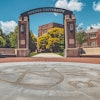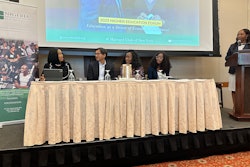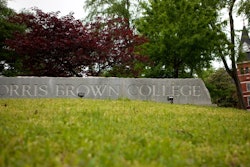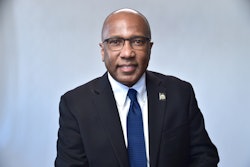LANGFANG, China — Hundreds of private colleges and universities have opened in China in the past decade in response to soaring demand for higher education in the world’s most populous nation.
The growing private sector fills a niche in a market long dominated by public universities. The private schools offer millions of students a no-frills education and a better shot at a paycheck after graduation as China continues its quest to gain influence in the world economy.
The new schools have flooded China’s big cities, spilling over into places such as Oriental University City, a complex here in the Hebei province, an hour south of Beijing. It has 14 private universities, one shared library and a handful of fast-food restaurants to feed tens of thousands of students.
“Everyone wants to have an education, but the ability of the country is limited. Public universities cannot meet the need,” said Rao Dujun, director of the international office at the private Xi’an International University in the Shaanxi province of central China. “This is why private universities can emerge.”
Lessons From Abroad
The number of private universities in China has soared to more than 630, up from 20 in 1997, according to a 2010 analysis from the Center for International Higher Education at Boston College. In all, the private institutions enrolled about a fifth of Chinese college students in 2008.
Private university administrators and critics of the schools have warned that as China’s population growth slows, the boom in private universities may subside and only the best ones will survive. Some have amassed enormous debt from purchasing land and building facilities. But these schools have been integral to the expansion of Chinese higher education.




















